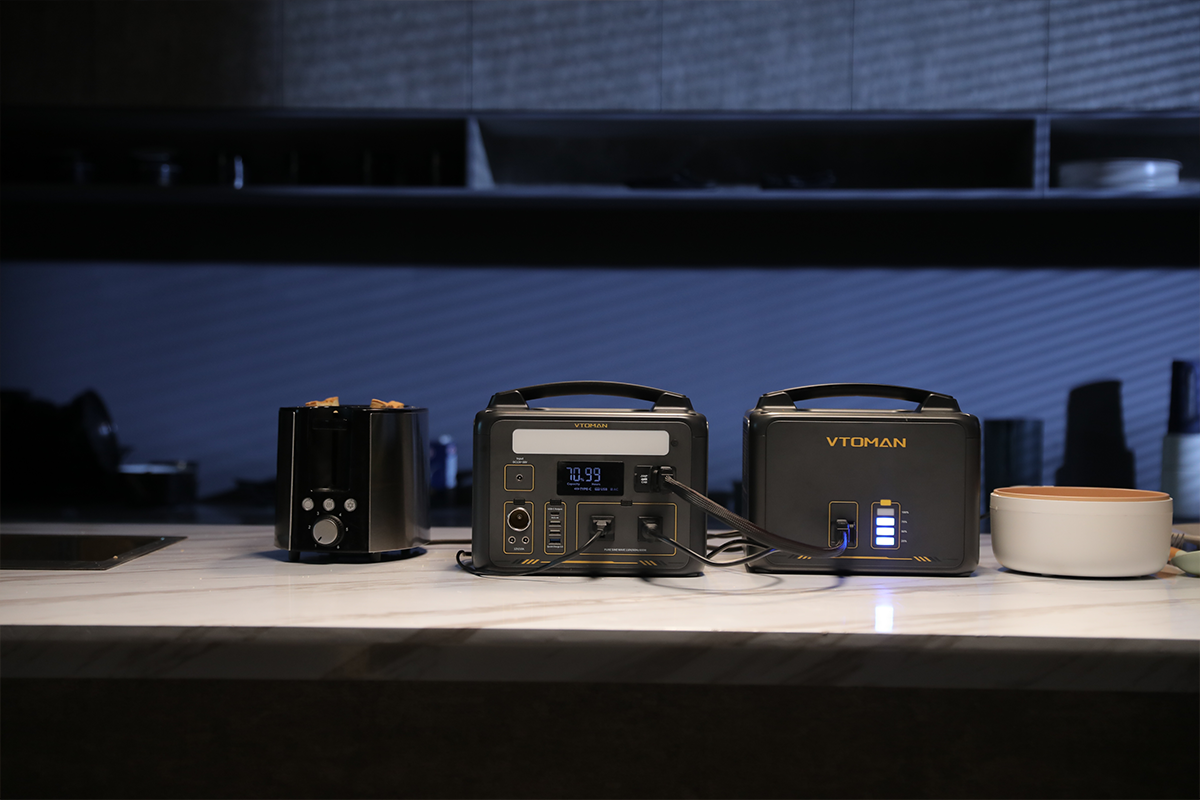Are you interested in harnessing the power of the sun to generate electricity? Building your own DIY solar generator can be a rewarding and cost-effective project. In this article, we will guide you through the 7 steps to building your own DIY solar generator, providing you with the knowledge and skills to create a sustainable energy source for your needs.
Gathering the Materials
The first step in building your DIY solar generator is gathering all the necessary materials. You will need solar panels, a charge controller, a deep cycle battery, an inverter, and various cables and connectors. It's important to choose high-quality components that are compatible with each other to ensure optimal performance.
For example, when selecting solar panels, consider their wattage, efficiency, and durability. Look for reputable manufacturers that offer warranties and positive customer reviews. Remember, the quality of your components will directly impact the efficiency and longevity of your solar generator.
Designing the System
Once you have all the materials, it's time to design your DIY solar generator system. Consider factors such as your energy needs, available space for installation, and the amount of sunlight your location receives. This will help you determine the number and size of solar panels, as well as the capacity of the battery.
There are various online tools and calculators available that can assist you in designing your system. These tools take into account your location, energy consumption, and other variables to provide you with an accurate estimate of the components you need.
Installing the Solar Panels
With your system design in hand, it's time to install the solar panels. Choose a location that receives ample sunlight throughout the day, preferably on a south-facing roof or an open area free from shading. Mount the panels securely using appropriate brackets and ensure they are angled correctly to maximize sun exposure.
When connecting the solar panels, follow the manufacturer's instructions and use the appropriate cables and connectors. It's crucial to ensure proper wiring and grounding to prevent any electrical hazards. If you're unsure about the installation process, consult a professional or refer to online resources for guidance.
Connecting the Components
Once the solar panels are installed, it's time to connect the components of your DIY solar generator. Start by connecting the solar panels to the charge controller, which regulates the flow of electricity from the panels to the battery. Then, connect the charge controller to the deep cycle battery, which stores the energy generated by the panels.
Finally, connect the inverter to the battery. The inverter converts the DC (direct current) power stored in the battery into AC (alternating current) power, which is compatible with most household appliances and electronics. Ensure all connections are secure and follow the recommended wiring diagrams provided by the manufacturers.
Testing and Maintenance
Once your DIY solar generator is fully connected, it's time to test its functionality. Monitor the performance of your system and ensure that it is generating the expected amount of electricity. You can use a multimeter to measure the voltage and current output of your solar panels and battery.
Regular maintenance is essential to keep your DIY solar generator running smoothly. Clean the solar panels periodically to remove any dirt or debris that may reduce their efficiency. Check the battery's water levels and top up if necessary. Keep an eye on the charge controller and inverter for any signs of malfunction.
By following these 7 steps to building your own DIY solar generator, you can create a sustainable and reliable source of electricity. Not only will you reduce your carbon footprint, but you will also save money on your energy bills in the long run. So why wait? Start your solar power journey today!
